When it comes to foam insulation, the manufacturing process makes a huge difference in how the end product performs in terms of thermal efficiency, compressive strength and water resistance. The extrusion process used to create extruded polystyrene XPS foam enables it to perform better in all of these areas when compared to expanded polystyrene EPS foam. Below we explore how the different manufacturing processes affect water resistance in particular.
The Two Types of Polystyrene Insulation
XPS and EPS foams are both types of rigid polystyrene foam insulations from different manufacturing processes that produce very different finished products:
- XPS foam is manufactured through a continuous extrusion process that produces a homogeneous closed cell cross section. This means there are no gaps between each polystyrene bead.
- EPS foam is manufactured by expanding spherical beads in a mold, using heat and pressure to fuse the beads together where they touch. Unlike XPS, this process leaves open spaces between the beads where they don’t touch.
One of the most important differences between XPS and EPS foams is the amount of water absorbed by each. Laboratory tests have found that the gaps that occur between the beads of EPS cause it to absorb more water, resulting in reduced performance.
Why Does Water Resistance Matter?
The gaps between the EPS foam cells allow both air and moisture to penetrate throughout the insulating material. Exposure to moisture drastically impacts the insulating performance of EPS as water is an excellent conductor of heat. Absorbed water ultimately results in lost insulation power (R-value). Lost R-value results in reduced performance. Moisture also causes the material to deteriorate faster and makes it prone to rot, mould and other moisture-related issues.
Any rigid insulation used in construction must possess water resistant properties. This is particularly critical when rigid insulation will be directly exposed to water, such as with protected membrane roofing or below grade uses including foundations, frost protected shallow foundations, and geotechnical applications such as under pavement and lightweight fill replacement.
Water Resistance is Essential for High Performance Insulation
Over the lifetime of a building or paved surface, moisture eventually gets into, and lingers in, the soil around the construction. Therefore, where the purpose of the insulation is to insulate, the most important characteristic of the insulation is its ability to retain R-value and continue to insulate even when exposed to water for long periods of time. If insulation is water soaked, R-value is lost.
The Freeze-Thaw Cycle
Rigid insulation used in construction must also be able to withstand freeze-thaw cycles that may occur in certain climates or applications like cool rooms or freezer rooms. During the cycle, any water that penetrates the insulation can expand and break the bonds between the polystyrene beads, further reducing insulating performance.
Wet soil and below grade insulation are often subjected to dozens if not hundreds of freeze-thaw cycles per winter season. When absorbed water freezes and thaws, the insulation structure will also break down over time and structural integrity can be compromised. A closed-cell insulation like XPS foam can tolerate wet environments, performing consistently in both wet and dry conditions.
What Does Closed-Cell Mean Exactly?
To resist water absorption, the plastic itself must be hydrophobic (repels water) instead of hydrophilic (attracts water). Secondly, the cell structure must be continuous and closed. Polystyrene is a hydrophobic polymer. The big difference that causes EPS to absorb more water than XPS is that the latter features “closed-cells” due to the manufacturing process.
The continuous extrusion process used to produce XPS results in a homogeneous “closed cell” matrix with each cell fully enclosed by polystyrene walls. With the EPS bead molding process, while individual beads are closed cells, there are still open voids between beads where water enters.
Even Small Amounts of Water Damages EPS
Industry standard tests measure water absorption when insulation boards are fully submerged in water. However, other tests have found that EPS wicks water into its open void structure even when only a small surface area is exposed to water. The open voids allow water to travel via water capillary action, eventually spreading throughout the foam board.
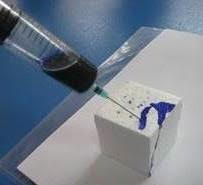
XPS Foam Boards – Ideal for Construction Applications
In addition to excellent long-term R-value and water resistance, XPS foam also offers additional benefits, including:
- High compressive strength
- Lightweight
- Can be trimmed to any shape with a saw, hot wire or cutter
- Long-term durability
XPS foam insulation is the ideal solution when you need high quality insulating boards that are resistant to temperature extremes and won’t swell, shrink or absorb moisture.
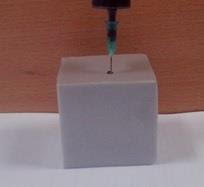
Technonicol XPS Foam Insulation Boards Supplied by Plastek
Technonicol’s Carbon XPS foam insulation range is ideal for civil, commercial and industrial building and construction insulation, including floor insulation. At PLASTEK, we supply a range of Technonicol Carbon XPS foam insulation boards depending on the compressive strength specifications required. We’ll help assess the needs of your project and recommend the most appropriate solution.
Related Questions
Is XPS or EPS Stronger?
Uniformly distributed closed cells in XPS insulation also ensure a high level of compressive strength in addition to water resistance. This makes it highly suitable for applications where it must bear heavy loads (such as in floor and wall construction) or deal with dynamic shear forces (such as bending and vibrational forces in a vehicle or strong winds). Irregular gaps in EPS foam mean it isn’t as rigid or durable by comparison.
Why is XPS foam a better insulator than EPS foam?
The voids found in EPS insulation also conduct heat due to the air inside them.
Is XPS foam environmentally friendly?
XPS insulation is 100% recyclable, lightweight and easy to work with. It lasts decades when used in the construction of a building and significantly lowers the energy usage of a building over its lifespan.
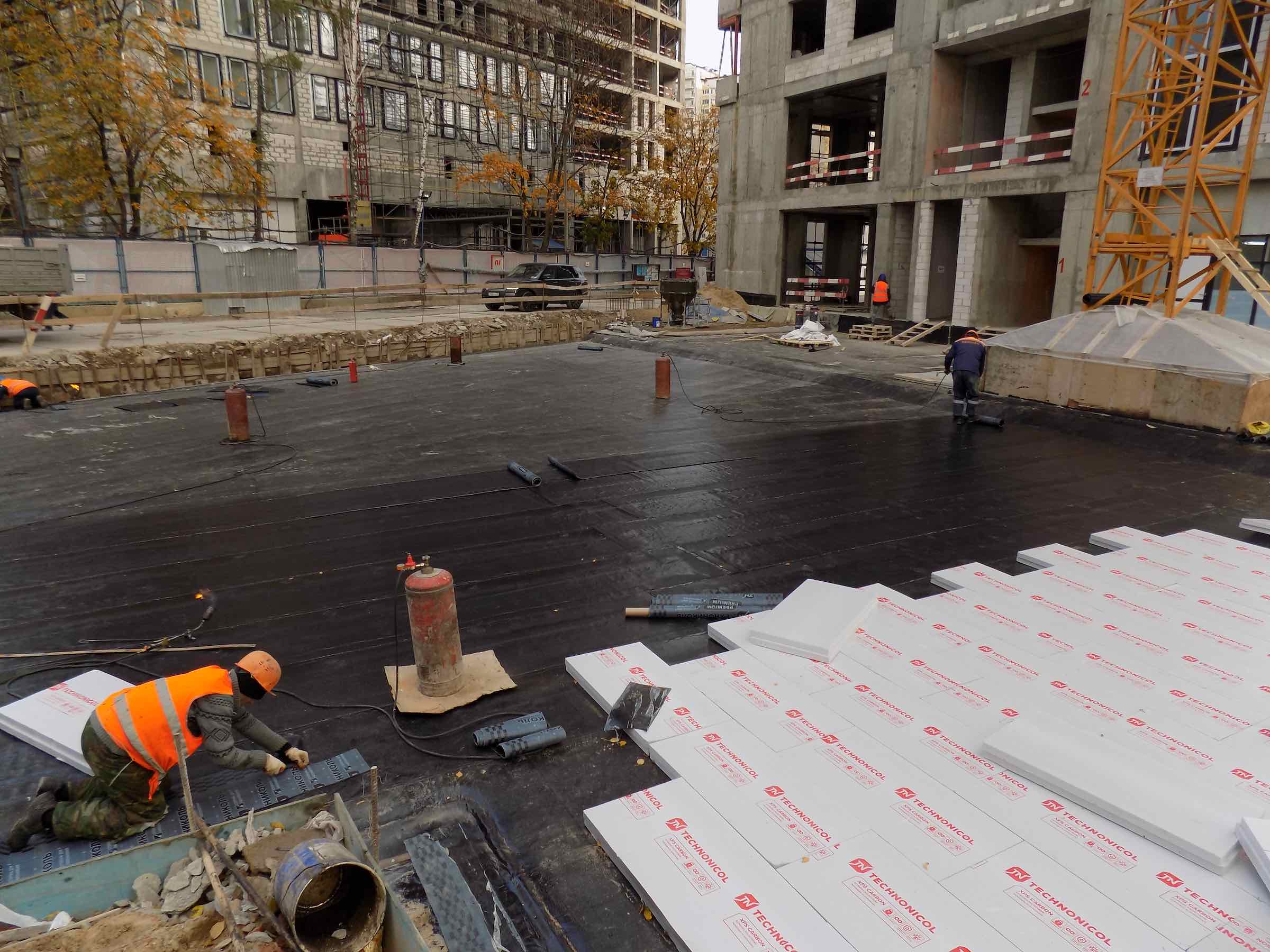

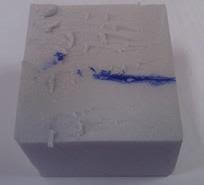

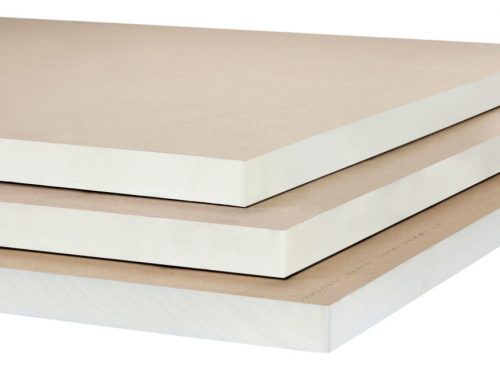
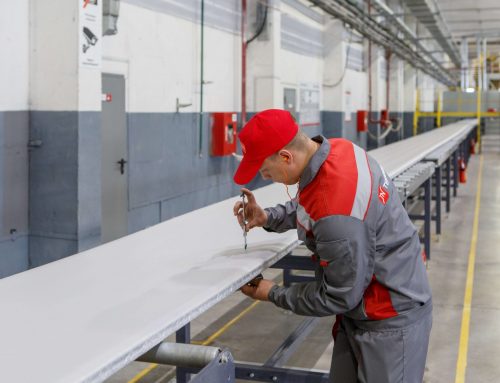
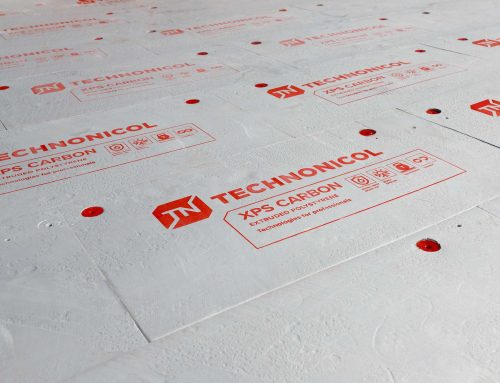
Leave A Comment